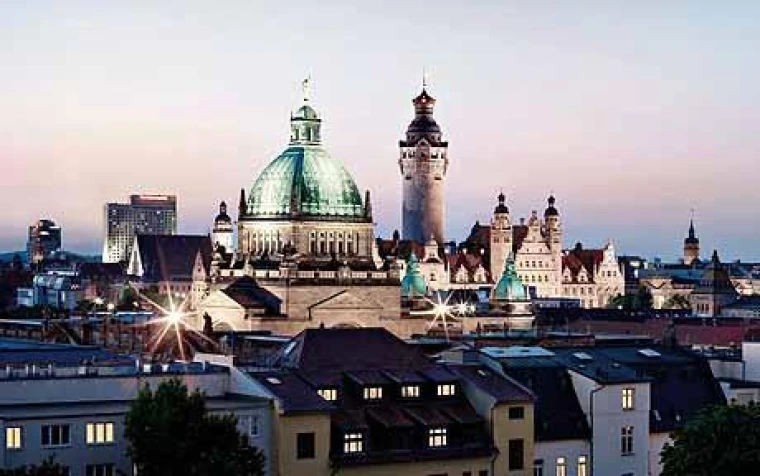Who is the person who writes a work of literature? What forces, conditions, and circumstances come to bear on his or her act of writing? This lecture/discussion will address several questions. What we do know about three members of the traditional German literary canon (Gotthold Ephraim Lessing, Johann Wolfgang Goethe, Friedrich Schiller) and another German writer whose works have been incorporated into multiple canons (Friedrich Nietzsche)? We will peer behind the labels that have been affixed to these writers seeking to ascertain what they were actually doing at the time they were writing and how this might be important for an understanding of their individual and collective works. Remarkably, at different times and in multiple contexts, these writers wrote on one common location. In fact, the only geographical space in which these writers’ lives intersect is Leipzig. So, what were Lessing, Goethe, Schiller, and Nietzsche actually doing while they were in Leipzig? Why might it be useful to acquire knowledge of their experiences on that location in particular? What significance might the acquisition of such knowledge hold for the interpretation of literary and non-fictional texts?
Short bio-bibliography of Prof. Martinson
Professor Steven D. Martinson is a member of the faculty of the Department of German Studies here at the University of Arizona. He has written several essays and a book on Lessing, two articles on Goethe, a book and an edited volume on Schiller and is currently in the process of writing a book-length manuscript on Nietzsche, titled The Young Friedrich Nietzsche. Memories, Music, Images, Stories and Texts. He will present the findings of his research on young Nietzsche next semester (2014) in a Humanities Seminar. Martinson’s five-part lecture on Transcultural German Studies is available on YouTube via the German Studies website. Together with Renate Schulz, he organized and hosted the first international conference on Transcultural German Studies (2007). The selected proceedings of that meeting appeared in a special volume of the Jahrbuch für internationale Germanistik (2008). He lives in NE Tucson together with his wife, Liz, and, at last count, 26 chickens.


